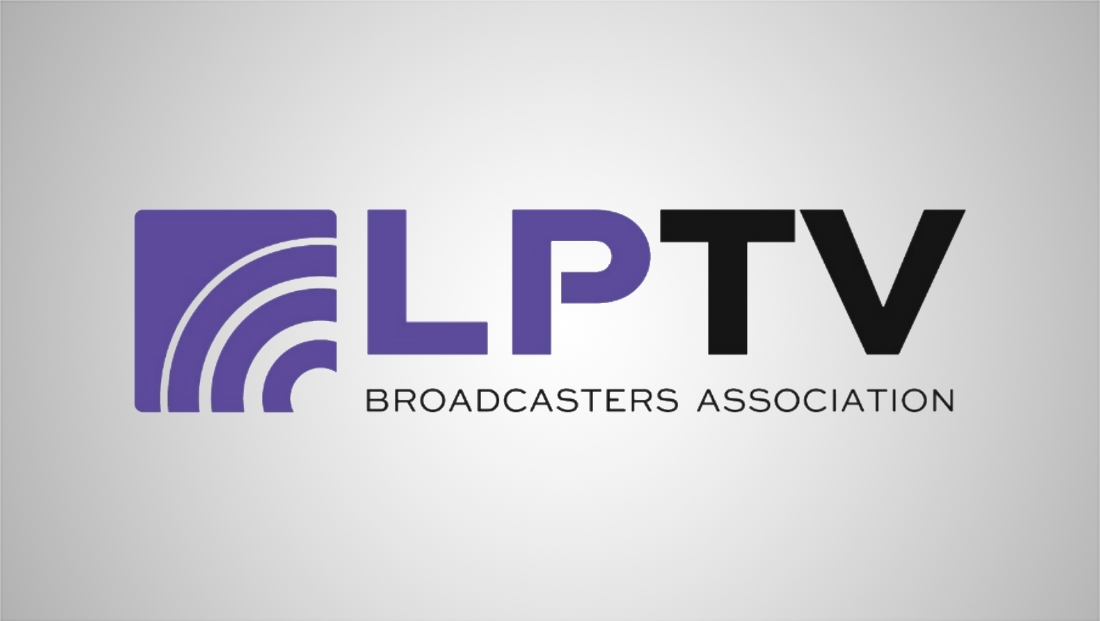Small broadcasters warn FCC that ATSC 3.0 costs threaten free TV access

Subscribe to NCS for the latest news, project case studies and product announcements in broadcast technology, creative design and engineering delivered to your inbox.
The LPTV Broadcasters Association has warned federal regulators that mandatory certification fees for ATSC 3.0 could force small television stations out of business, undermining the availability of free over-the-air programming.
In an Aug. 22 letter to the Federal Communications Commission, the organization representing low-power television stations said the next-generation broadcast standard’s security requirements impose “substantial fees” that many small operators cannot afford.
The letter highlights a component of ATSC 3.0 implementation that has received limited public attention: broadcasters must purchase digital certificates from the ATSC 3.0 Security Authority and its partner Eonti Inc. to transmit in the new standard. Without these certificates, ATSC 3.0 receivers cannot display content from non-certified transmitters.
“These costs, often kept opaque during advocacy for an ATSC 3.0 mandate, could prove unaffordable for many small stations, potentially forcing many smaller TV broadcasters to go out of business,” wrote Frank Copsidas, president and founder of the LPTV Broadcasters Association.
The security framework was established by major networks including ABC, CBS, Fox, NBCUniversal and Univision, along with the Pearl TV consortium of large broadcast companies such as Sinclair and Nexstar. The system requires digital certificates to verify broadcast authenticity and prevent tampering.
Each ATSC 3.0 transmitter typically requires two certificates: one for the Certification Data Low-Level Signaling Table and another for SignedMultiTable signaling messages. The certificates must be renewed annually, creating ongoing operational costs for stations.
While exact pricing remains undisclosed publicly, Eonti provides fee schedules only upon request and requires payment before certificate issuance, according to the letter. The certification process adds to hardware costs that can exceed $300,000 per site for basic ATSC 3.0 setups.
For low-power stations that serve niche communities, religious groups and rural viewers on limited budgets, these additional expenses could prove prohibitive. The LPTV Broadcasters Association represents approximately 75% of licensed television stations in the United States, though most operate with significantly smaller coverage areas and revenue streams than full-power stations.
The letter comes as Pearl TV and the National Association of Broadcasters push the FCC to mandate ATSC 3.0 tuners in new televisions by 2028 and phase out the current ATSC 1.0 standard in major markets by 2030.
Copsidas criticized what he characterized as a lack of transparency around certification costs in these advocacy efforts.
“The focus of these efforts has been on requiring new TVs to include ATSC 3.0 tuners by 2028, accelerating adoption and phasing out ATSC 1.0 in major markets by 2030,” he wrote. “Yet, discussions of A3SA/Eonti licensing fees are conspicuously absent from these advocacy efforts.”
The security requirements stem from ATSC 3.0’s advanced capabilities, including 4K resolution, enhanced audio, mobile viewing and targeted advertising.
To protect these features, the standard mandates signal signing through digital certificates, with optional content encryption via digital rights management systems like Widevine.
ATSC 3.0 receivers are designed to reject signals from non-certified transmitters as untrusted, displaying either no content or error messages. This security mechanism prevents unauthorized broadcasts but creates compatibility barriers for stations unable to afford certification.
The Consumer Technology Association has previously noted in FCC filings that if a transition is mandated, “the Federal Government or Full Power Broadcasters must absorb the cost of the transition for LPTV stations.”
The National Association of Broadcasters has suggested creating a fund to help small broadcast stations cover costs.
Without such support, the LPTV Broadcasters Association warns that many low-power stations may cease operations if forced to transition to ATSC 3.0. This could reduce local programming options and push viewers toward paid streaming or cable services.
“If unaddressed, this could spell the ‘death’ of free OTA TV as we know it,” Copsidas wrote. The organization advocates for allowing stations to continue using ATSC 1.0 indefinitely or any standard that best serves their communities’ public interest.
The FCC has not announced specific timeline requirements for LPTV stations to transition to ATSC 3.0, though full-power stations in some markets have begun simulcasting in both standards during a voluntary transition period.
Subscribe to NCS for the latest news, project case studies and product announcements in broadcast technology, creative design and engineering delivered to your inbox.





tags
A3SA, Consumer Technology Association, Deregulation, FCC, Frank Copsidas, LPTV Broadcasters Association, NAB, NextGen TV ATSC 3.0
categories
Broadcast Business News, Broadcast Engineering, Broadcast Industry News, NextGen TV, Policy